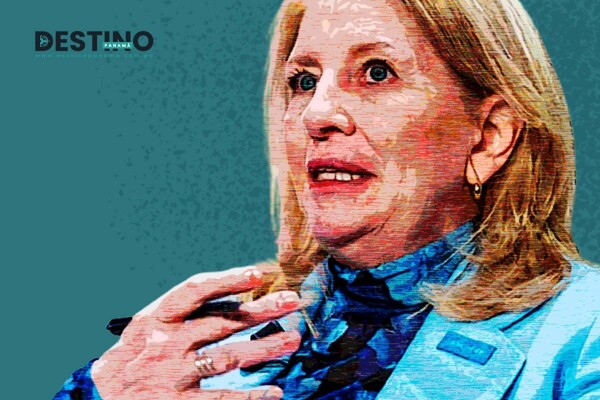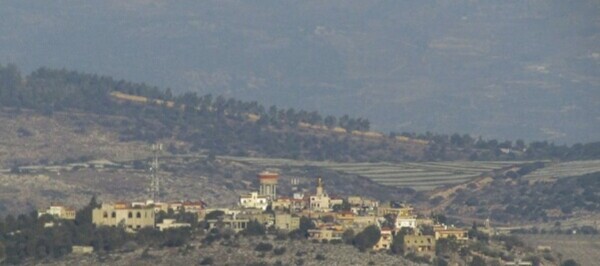
In Lebanon, it is reported that the majority of the approximately 1.2 million displaced people have fled in the last month. At the end of September, the streets leading to Beirut were congested with traffic jams as people fled, carrying only the clothes they were wearing. Some individuals have mobilized to help their fellow citizens, even crossing sectarian lines.
Michella Sfeir is one of the people who decided to take action. After witnessing a photo of a driver sharing water from his bottle with another driver, Sfeir joined a women's art center in Aqaibe, near Beirut, which has transformed into a community kitchen and donation center to provide blankets, clothing, and supplies.
In northern Lebanon, coastal cities such as Byblos and Batroun are experiencing an increase in anxiety, despite not being directly affected by the conflict. Incidents such as an Israeli drone attack on the Jounieh highway have heightened tensions among local residents, especially those who fear having links to Hezbollah.
The mass displacement raises concerns about potential demographic changes and its influence on Lebanon's sectarian power system. Meanwhile, local organizations and volunteers are trying to help the displaced people, although they face questioning and criticism from those who view the displaced as affiliated with Hezbollah.
Despite the challenges and growing anxiety, many residents of Lebanon remain committed to helping the displaced, showing solidarity and compassion amidst the crisis. In Aqaibe, displaced women join volunteers in the community kitchen to prepare meals, pack supplies, and support those who have lost their homes.














